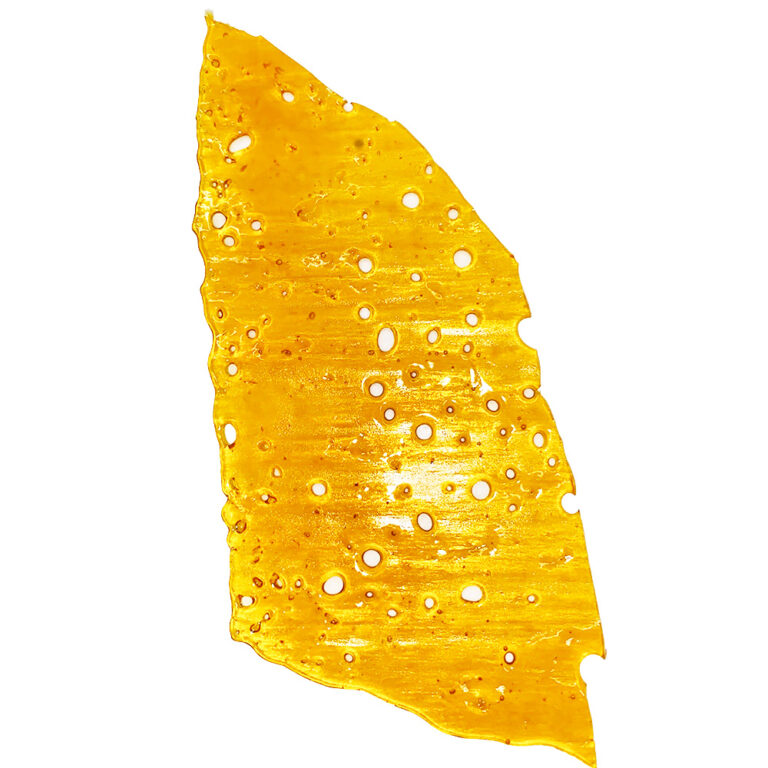
What is Cannabis?
Cannabis is a plant that contains various chemical compounds called cannabinoids, with the most well-known being tetrahydrocannabinol (THC) and cannabidiol (CBD). Cannabis is also commonly known by other names such as marijuana, weed, pot, and ganja.
Cannabis has been used for medicinal, spiritual, and recreational purposes for thousands of years, and its use is currently a topic of ongoing debate and research in many countries. Cannabis can be consumed by smoking or vaporizing the dried flowers, but it can also be consumed in the form of edibles, tinctures, or topicals.
THC is responsible for the “high” associated with cannabis use, while CBD has potential therapeutic benefits but does not produce a high. Some potential therapeutic benefits of cannabis include pain relief, anxiety and depression, nausea and vomiting, epilepsy, appetite stimulation, and glaucoma.
Components of Cannabis
Cannabis contains various chemical compounds called cannabinoids, which interact with the body’s endocannabinoid system to produce various effects. The two most well-known cannabinoids found in cannabis are tetrahydrocannabinol (THC) and cannabidiol (CBD), but there are many others as well. Some of the key components of cannabis include:
- THC: THC is the primary psychoactive cannabinoid found in cannabis and is responsible for the “high” associated with cannabis consumption. It can also have potential therapeutic benefits, such as pain relief and appetite stimulation.
- CBD: CBD is a non-psychoactive cannabinoid found in cannabis that has potential therapeutic benefits for conditions such as anxiety, depression, epilepsy, and inflammation.
- Terpenes: Terpenes are aromatic compounds found in cannabis and other plants that can affect the flavor and aroma of cannabis, as well as its potential effects. Some terpenes, such as limonene and linalool, have been shown to have potential therapeutic benefits.
- Other cannabinoids: In addition to THC and CBD, there are many other cannabinoids found in cannabis, such as cannabigerol (CBG), cannabinol (CBN), and tetrahydrocannabivarin (THCV). These cannabinoids have various potential effects and are the subject of ongoing research.
- Flavonoids: Flavonoids are a group of compounds found in cannabis and other plants that have potential antioxidant and anti-inflammatory effects.
The specific chemical composition of cannabis can vary depending on the strain, growing conditions, and method of cultivation.
Benefits of Cannabis
Cannabis has been used for medicinal, spiritual, and recreational purposes for thousands of years, and some research suggests that it may have potential therapeutic benefits for certain conditions. Some potential benefits of cannabis include:
- Pain relief: Cannabis may have analgesic properties and has been shown to be effective in reducing chronic pain associated with conditions such as multiple sclerosis, arthritis, and cancer.
- Anxiety and depression: Cannabis may have anxiolytic and antidepressant effects and may be beneficial for people with anxiety disorders, depression, and PTSD.
- Nausea and vomiting: Cannabis may be effective in reducing nausea and vomiting associated with chemotherapy and other medical treatments.
- Epilepsy: Some studies suggest that cannabis may be beneficial in reducing seizures in people with epilepsy.
- Appetite stimulation: Cannabis may stimulate appetite and be useful in treating anorexia and cachexia.
- Glaucoma: Cannabis may reduce intraocular pressure and be useful in treating glaucoma.
- Sleep disorders: Cannabis may be helpful in improving sleep quality and reducing insomnia.
It is important to note that while some studies suggest that cannabis may have potential therapeutic benefits for certain conditions.
Cannabis for mental health
Cannabis has been shown to have potential therapeutic benefits for certain mental health conditions, but more research is needed to fully understand its effects and potential risks.
Some studies suggest that cannabis may be helpful in managing symptoms of anxiety, depression, and post-traumatic stress disorder (PTSD). The CBD component of cannabis has been found to have anxiolytic (anxiety-reducing) effects, while the THC component has been found to have mood-elevating effects. However, high levels of THC can also cause anxiety and paranoia in some individuals, especially those with a history of mental health issues.
Additionally, cannabis has been shown to have potential benefits for reducing symptoms of certain neurological and psychiatric conditions, such as epilepsy, Parkinson’s disease, and schizophrenia. However, it is important to note that cannabis use may exacerbate symptoms in some individuals with these conditions, and more research is needed to fully understand its effects.
How to consume Cannabis?
Cannabis can be consumed in several ways, and the method of consumption can affect the onset, duration, and intensity of the effects. Some common methods of consuming cannabis include:
- Smoking: This is one of the most traditional and popular methods of consuming cannabis, and it involves inhaling the smoke from a joint, pipe, or bong. Smoking allows for quick absorption of THC into the bloodstream, and the effects can be felt almost immediately.
- Vaporizing: This method involves heating cannabis to a temperature that releases the active ingredients in the form of vapor, which is then inhaled. Vaporizing is considered to be less harmful than smoking because it does not produce smoke, which contains harmful chemicals and toxins.
- Edibles: Cannabis can be consumed in the form of edibles, such as gummies, brownies, or capsules. Edibles take longer to take effect because the active ingredients must be digested and absorbed through the digestive system, but the effects can last longer.
- Tinctures: Cannabis tinctures are liquid extracts of cannabis that are taken sublingually (under the tongue). Tinctures have a fast onset time and can be absorbed quickly into the bloodstream.
- Topicals: Cannabis-infused topicals, such as lotions, balms, and salves, are applied directly to the skin for localized relief of pain or inflammation.
It is important to note that the method of cannabis consumption can affect the intensity and duration of the effects, and it is important to use cannabis responsibly and in moderation.
Reasons to consume Cannabis
There are several reasons why someone might choose to consume cannabis. Some of the most common reasons include:
- Medicinal use: Cannabis has potential therapeutic benefits for certain conditions, such as chronic pain, anxiety, depression, epilepsy, and nausea and vomiting. Some people may use cannabis under the guidance of a healthcare professional to manage their symptoms or improve their quality of life.
- Recreational use: Some people may choose to consume cannabis for recreational purposes, such as to relax, socialize, or enhance their creativity or sensory experiences.
- Relaxation and stress relief: Cannabis can have relaxing and stress-relieving effects, which may be beneficial for people experiencing stress, anxiety, or tension.
- Pain relief: Cannabis has been shown to have analgesic properties and may be helpful in reducing chronic pain associated with conditions such as multiple sclerosis, arthritis, and cancer.
- Increased appetite: Cannabis can stimulate appetite, which may be beneficial for people with certain medical conditions that cause appetite loss or cachexia.
It is important to note that while cannabis may have potential benefits for certain conditions, more research is needed to fully understand its effects.
If you too are a beginner to cannabis then no need to worry about using it or its effects as you will learn everything easily. All you have to do is buy weed online in Canada.



